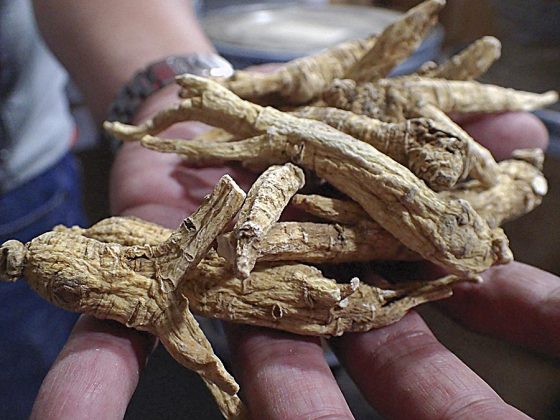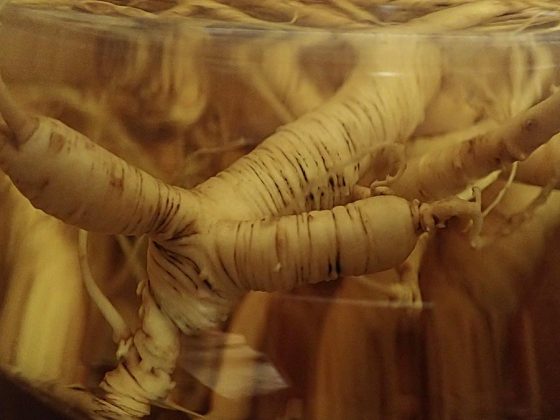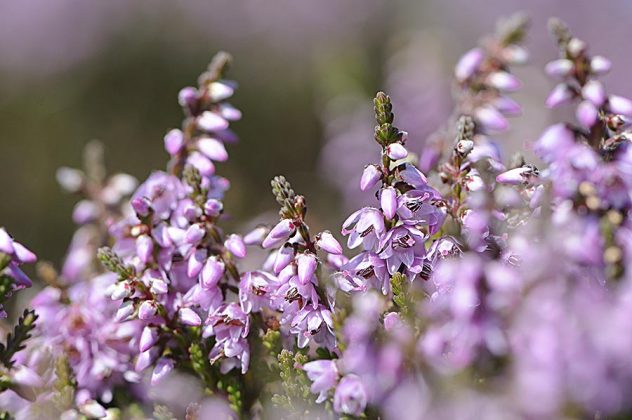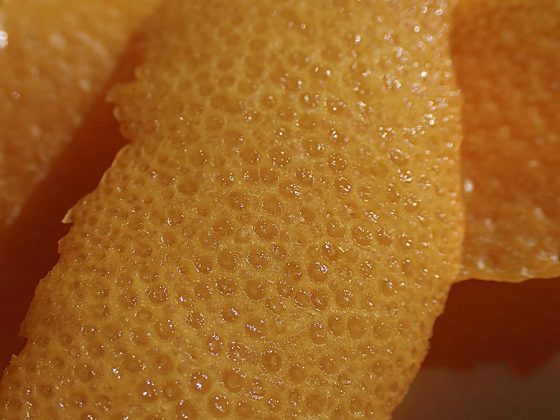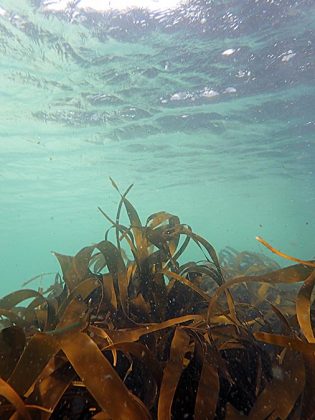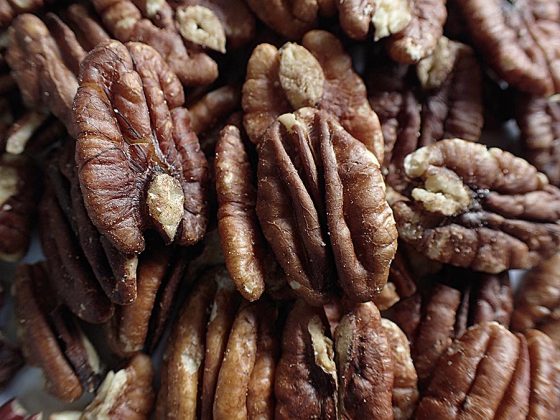It takes years of aging to make whiskey in accordance with accepted definitions, so if you’ve done it right, why would you add anything else to it?
The simple answer: Because alongside rye whiskey, which has been in a barrel for at least two years, and Scotch, which has matured for a minimum of three years and one day, flavored whiskey and whiskey liqueurs are valuable categories in the drinks market. Much as it is easy to dismiss flavor-augmented whiskeys as a way of disguising poor-quality spirit or a sickly concoction with only the merit of being easily drinkable, the category offers real scope to create a classic product with longevity.
Consider Drambuie, a whiskey liqueur, which has been a registered trademark since 1893. Drambuie’s blend of herbs, spices, heather honey and whiskey might seem like the generic herbs, spices and sweetener description of many liqueurs. However, heather honey is a mark of terroir — heather (Calluna vulgaris) being particularly characteristic of Scottish landscapes. It is honey with a singular taste. Bees have done the work of gathering and processing nectar into a concentrated dose of heather.
Beekeepers can control how honey tastes by placing their beehives in selected locations at particular times. They can also check which flowers are being harvested as pollen color charts compared to stashes of pollen that bees collect alongside nectar confirms the identity of the flowers that the bees are visiting. For example, basswood (Tilia americana) has light yellow/orange pollen while blue tansy (Phacelia tanacetifolia) has blue pollen. This intentional direction of what sources bees visit to create their honey can be used by distillers to select what concentrated floral flavor to add to their spirit.
Amina Harris, director of the Honey and Pollination Center at the Robert Mondavi Institute for Wine and Food Science, UC-Davis, knows the range of flavors across different types of honey. She said, “Wildflower honey will taste radically different from region to region, time of year, flowers nectar is collected from and so on.”
In contrast to the broad category of wildflower honey, which blends together different flowers, she highlighted a honey that is a side product from the flowers of one plant, coriander (Coriandrum sativum), grown for seed in Yuba City, California. “It has been used very successfully in making sipping meads. The honey is savory at first taste — not sweet. It is followed by an aroma of cardamom with hints of anise. The flavors include chocolate, coriander and an array of spices. A tiny shot of heat occurs at the finish. A truly astonishing honey.”
Rather than using an unremarkable honey produced by bees that have been fed sugar, it is worth taking time to get to know local honey producers and what they can offer. After selecting a honey, another step to note is blending. With whiskey-honey liqueurs, it is worth keeping the alcohol content around 40% ABV, not much lower, as it balances the sweetness while allowing enough honey to be present to add flower flavor. Blend the cask-strength whiskey with honey before cutting with spring water for the final product.
A classic pairing with whiskey is citrus peel, which yields a fruity aroma that is not entirely sweet. In an Old Fashioned, it is orange; in a Sazerac, lemon. Grapefruit pairs well with whiskey in a Paloma, and with bourbon in The Third Man. There are also many cocktails that combine marmalade with whiskey. In marmalade, sugar sweetness is tempered by slight bitterness from the pith underlying the zest. Translating this successful combination of zest, pith and whiskey into a flavored whiskey works best when it is allowed to retain that bitter edge and is not oversweetened. In all cases, when using citrus zest it is important to be sure that it is food-grade and free of wax and colorants. Florida, Texas, Arizona and California have locally grown citrus offering its peel as a bitter pairing for whiskey. Further north there are excellent bitter-tasting alternatives that also connect with local provenance — for example, ginseng.
American ginseng (Panax quinquefolius) grows in temperate forests of the eastern US. Wild harvesting is restricted to some extent by collection permits, but wild collection of ginseng for trade is still a threat to this native plant. Wisconsin’s soils have proven ideal for ginseng cultivation, and Wisconsin is a major international exporter of American ginseng. Great Northern Distillery’s combination of rye whiskey with American ginseng (and leaving the root in the bottle) is reminiscent of bars in China where plants and animals used in traditional Chinese medicine, as American ginseng is, sit immersed in spirit. On the one hand, American ginseng whiskey captures the terroir of Wisconsin. Wisconsin-grown ginseng is highly prized in the ginseng trade. On the other hand, it is a flavored whiskey that, through melding both bitter and sweet properties of ginseng with alcohol, works well in many cocktails. A Negroni made with Great Northern Distillery’s American ginseng whiskey instead of Campari allows for a locally sourced rendition of a classic cocktail. It is worth noting that bittersweet flavored whiskeys are a versatile addition to a bartender’s library of spirits.
Again, whiskey liqueurs or flavored whiskeys need not feature sweetness. In addition to citrus, spice and honey, some distillers have played with saltiness as a flavor alternative. Scotch is often described and grouped by saltiness associated with their distilleries in relation to their island or seashore locations. A classic ad hoc way of enjoying Talisker is at the oyster shack on a hill above Talisker Distillery, filling the oyster shell with a tot of whiskey, a briny complement to Talisker’s taste.
An excellent conduit for marine flavor without being an animal-derived product is seaweed. Having been in the business of making whiskey for more than 200 years, Jameson recently released seaweed bitters, an ideal partner for their whiskey. While coastal distillers could do well to look toward their local patch of sea for seaweed ingredients, remember that there are required and safe practices for harvesting food-grade seaweed. Also, avoid the visual temptation of leaving a frond of seaweed in the bottle. It won’t keep its attractive appearance for as long as the shelf life of a bottle of whiskey.
Another way of flavoring whiskey by amplifying what is already present is adding nuts. There is no need to stray into overly sweet, cloying territory, particularly if nuts are toasted before being used to infuse flavor. Toasting nuts creates caramel and almost bitter notes in addition to the intrinsic flavors of the nut. For example, toasted native pinyon (Pinus species) or cultivated almonds (Prunus dulcis) add local flavor to whiskey produced in the American Southwest. In other regions, native shagbark hickory nuts (Caraya ovata) or native pecan (Caraya illinoinensis) can be used in this way.
With the advent of rapid aging turning raw spirit into passable bourbon by putting wood in spirit, instead of the standard slower process of putting spirit into wooden vessels, the distinction between processes (malting, peating, barrel maturing) and adding ingredients is more of a sliding scale than an absolute. It also offers a means of getting flavor into whiskey from wood that might not be suitable for making casks. Crown Royal Texas Mesquite uses wood from mesquite trees (Prosopis species) to infuse smoky and fruity flavor into their Canadian whiskey. Other woods used to endow flavor to foods are also suitable for considering as an infused element for whiskey.
I’m not suggesting making flavored whiskey with a precious single malt that has spent 10 or more years developing flavor. This category is more about taking young whiskey and making it accessible to a different audience that can engage with your brand via a cocktail or an easy-sipping spirit.

